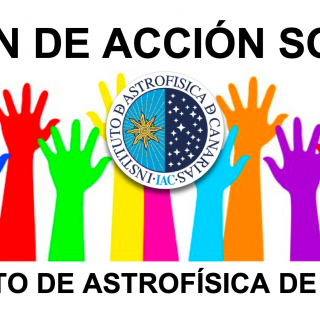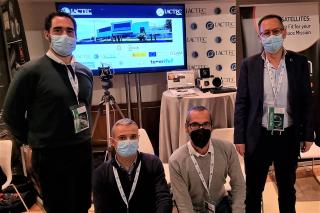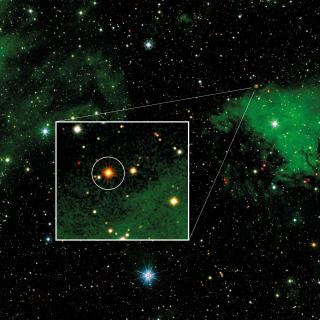
An international team of astronomers, including researchers from the Instituto de Astrofísica de Canarias (IAC), has discovered blasts of hot, warm and cold winds from a neutron star consuming matter from a nearby star. The study used a combination of observations made with several telescopes, including the Gran Telescopio Canarias (GTC or Grantecan), located at the Roque de los Muchachos Observatory (Garafía, La Palma). The discovery, published today in the journal Nature, provides new insight into the behaviour of some of the most extreme objects in the Universe. Low-mass X-ray binaries
Advertised on




